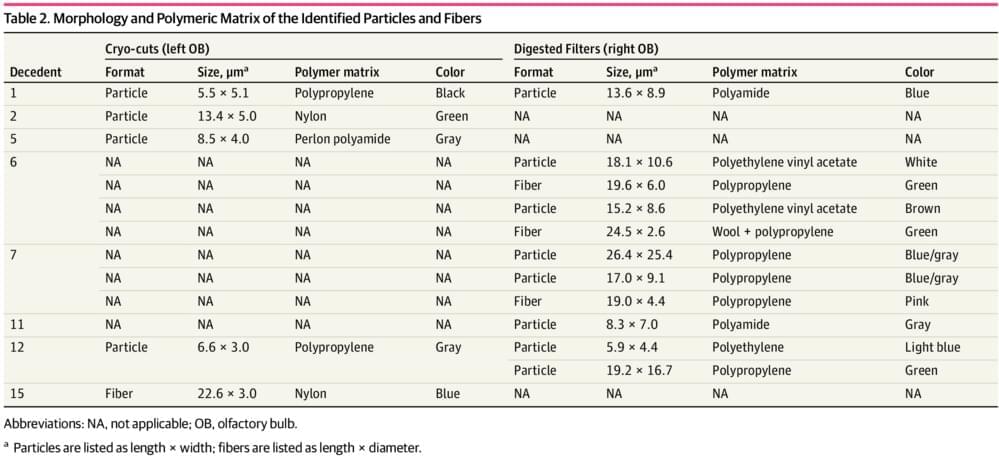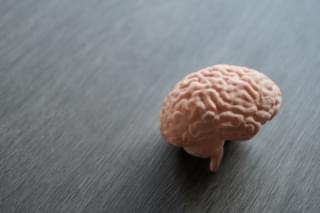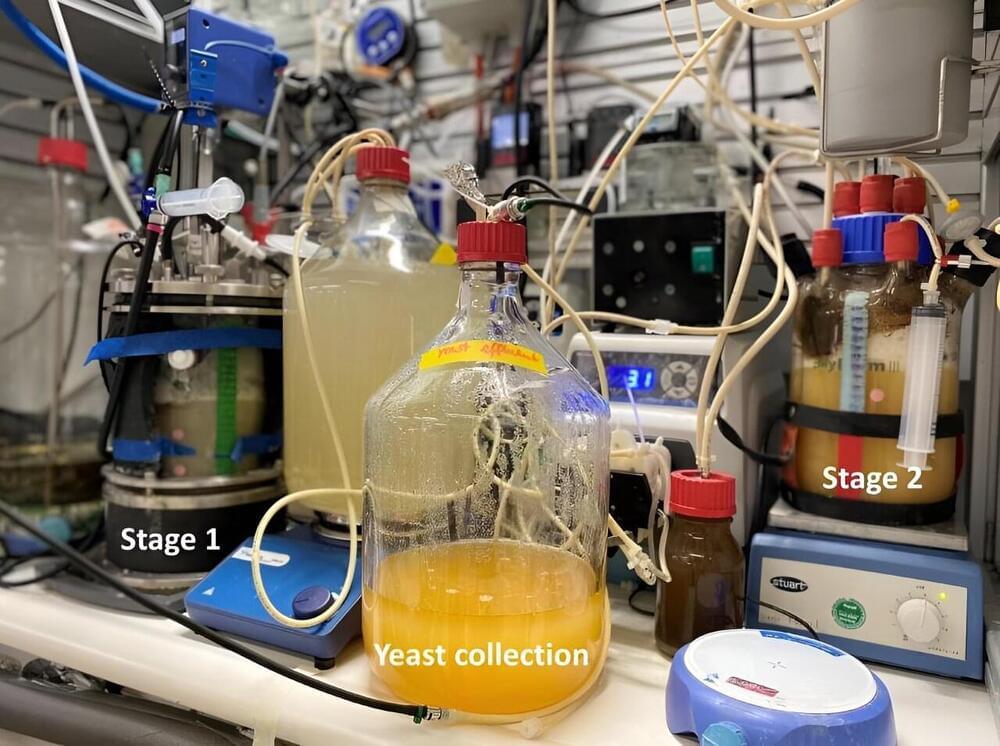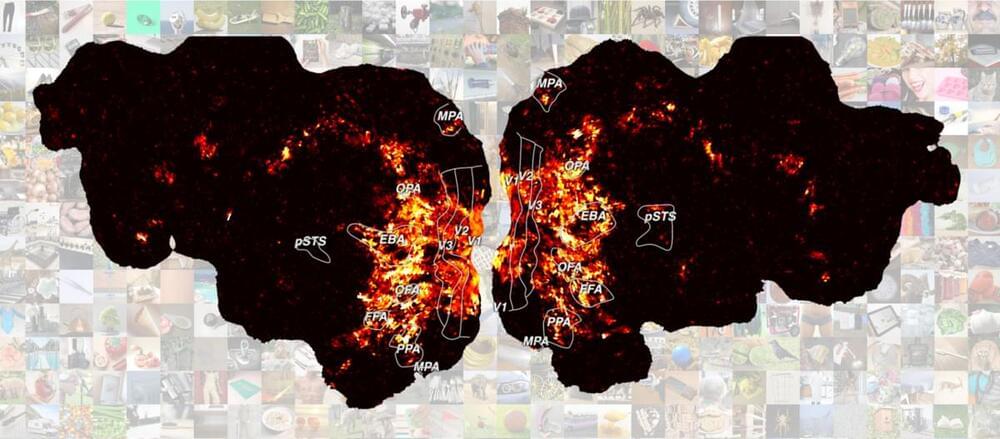This was created by a company called Xenex a decade ago In San Antonio Texas, where I used to live.
JOINT BASE LANGLEY-EUSTIS, Va. (AFNS) — Standing at 5 feet 2 inches tall, U.S. Air Force Hospital Langley’s newest staff member doesn’t initially have a commanding presence; however, after five minutes, its impact has the potential to save countless lives around the world.
The 633rd Medical Group received a germ-zapping robot, nicknamed “Saul,” which harnesses the power of technology to kill off viruses — including the Ebola virus. Airmen were given a demonstration of the robots functions and capabilities from Geri Genant, the Xenex Healthcare Services implementation manager.
Shortly after the president issued an executive order addressing the critical issue of Ebola, the 633rd MDG responded with cutting-edge technology to protect the health of the service members, their families and the community.







